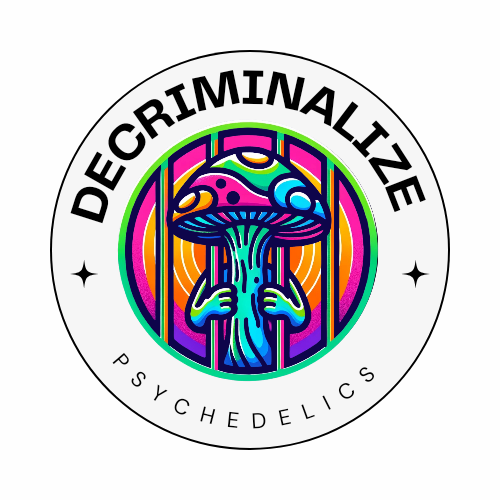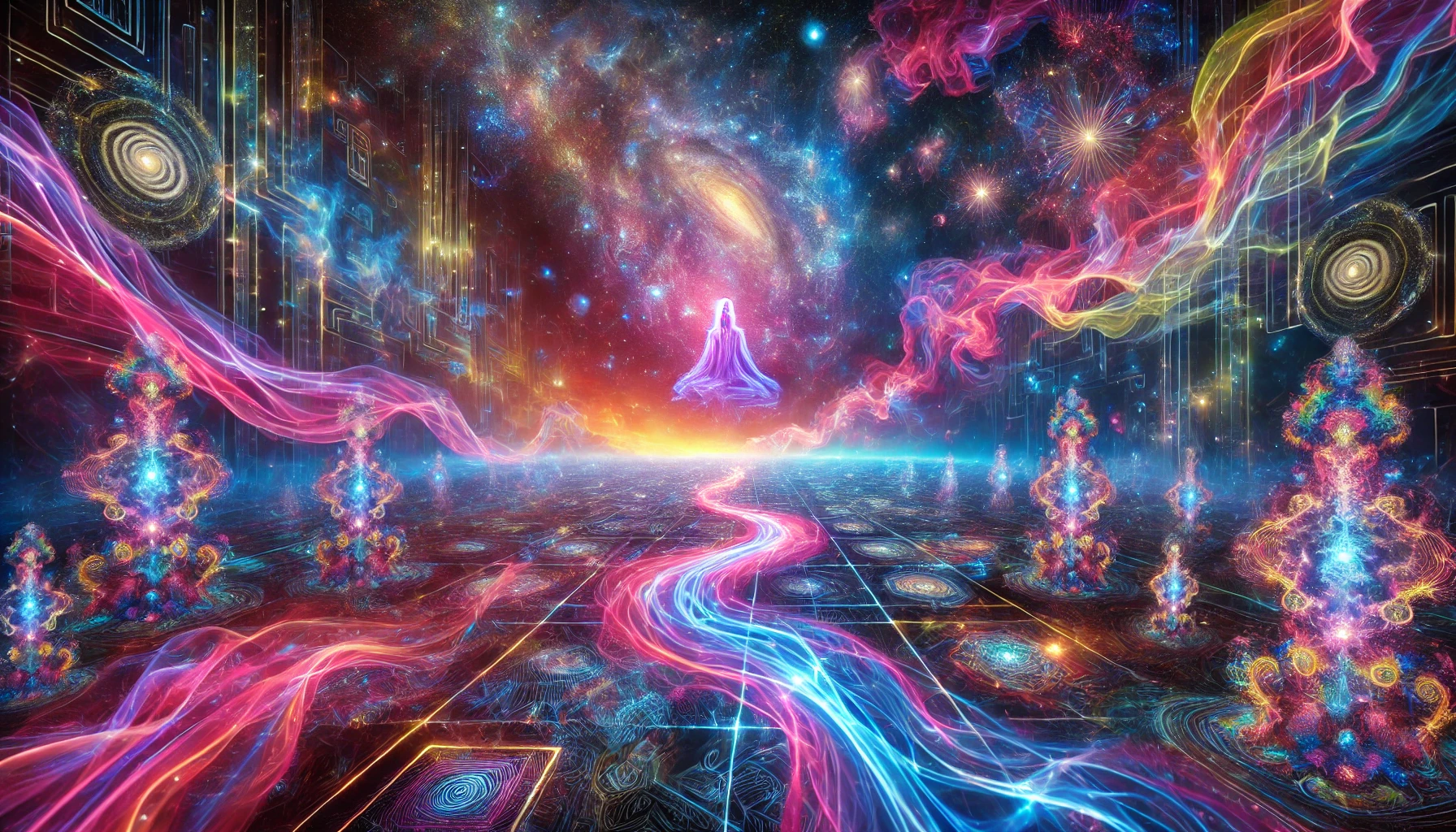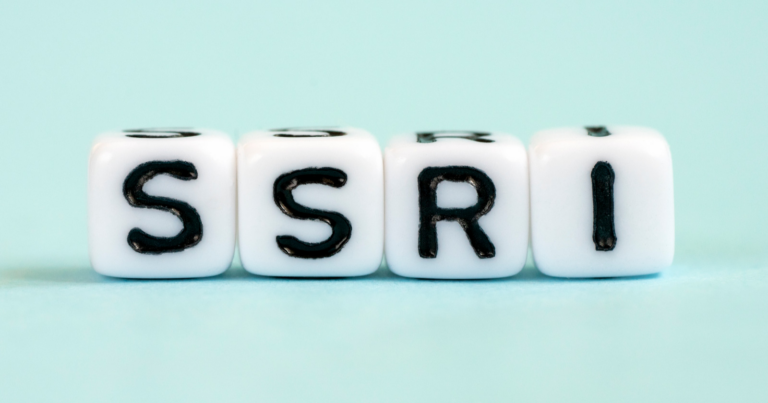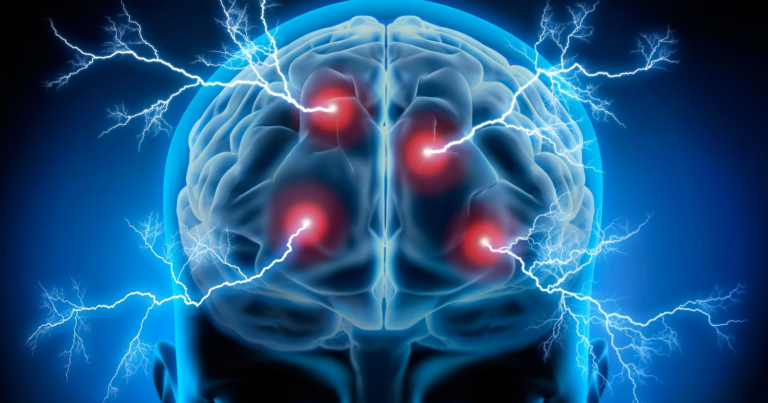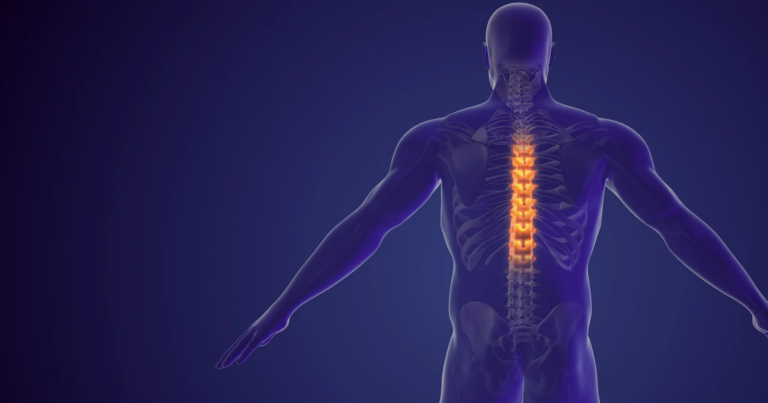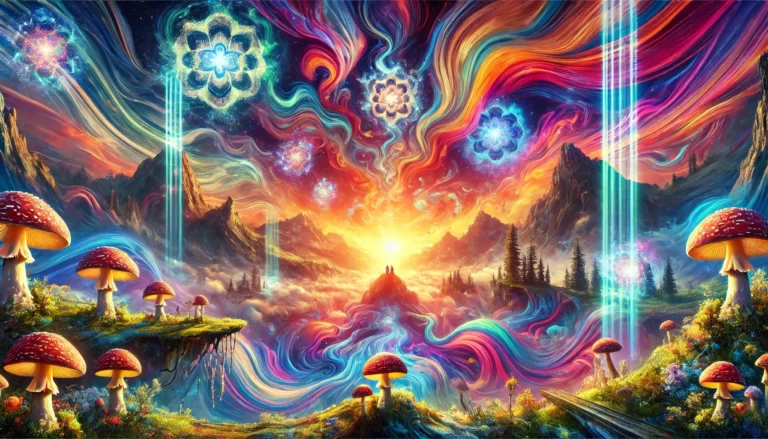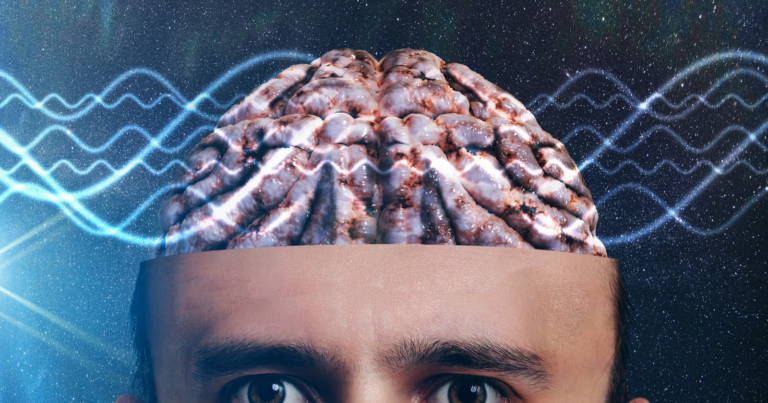So you’re interested in DMT?
DMT (or ‘dimethyltryptamine’) offers a unique psychedelic experience that stands out in the realm of mind-altering substances.
Unlocking how it differs from other psychedelics is no small task. But we’re going to try!
Here, we dissect the key contrasts between DMT trips and those induced by other psychedelics like LSD and mushrooms.
Intensity of the Experience
DMT is often referred to as the ‘spirit molecule’ due to the profound experiences reported by users.
Unlike other psychedelics, DMT trips are characterized by their intensity and short duration.
Users often describe being catapulted into an alternate reality, vividly different from anything experienced with substances like LSD or psilocybin mushrooms.
These alternate realities can range from geometric landscapes to encounters with sentient beings.
This intense immersion into another dimension is typically accompanied by a sense of ego dissolution, where one’s identity merges with the surrounding environment. This feeling of unity and interconnectedness, while common in other psychedelics, is often more profound with DMT.
Understanding this intensity and its implications can help you better prepare for a DMT experience, should you choose to explore it.
Duration of the Trip
Another significant difference between DMT and other psychedelics lies in the duration of the trip.
DMT trips are notoriously brief, often lasting only 5 to 15 minutes when smoked or vaporized.
This contrasts sharply with substances like LSD or psilocybin, whose effects can last anywhere from 6 to 12 hours.
But, despite its short duration, a DMT trip can feel much longer due to the perceived distortion of time.
Many users report experiences that feel like hours or even days, packed into these fleeting minutes.
This time distortion is a common feature of many psychedelics, but it’s particularly pronounced with DMT.
Despite being a quick trip in real-time, the intensity and depth of the experience often leave a lasting impression on users. It’s another reason why the DMT experience stands distinct in the psychedelic landscape.
Visual Hallucinations
DMT is renowned for the visual spectacle it induces, which often surpasses other psychedelics in terms of vividness and complexity.
Users frequently report seeing intricate geometric patterns, alien landscapes, and even sentient beings during their trips.
Unlike the perceptual distortions and enhanced colors typical of LSD or psilocybin, DMT hallucinations tend to be more immersive, often described as entering an entirely different reality.
To illustrate, consider the experience of a seasoned psychedelic user who reported being transported to an “inter-dimensional circus” filled with bizarre creatures during a DMT trip, a stark contrast to his previous experiences with LSD where he merely witnessed enhanced colors and patterns on existing objects.
This level of visual intensity is another factor that sets DMT apart from its psychedelic counterparts.
The “breakthrough” Experience
While all psychedelics can induce profound shifts in consciousness, DMT is particularly known for what users refer to as the “breakthrough” experience.
This term describes the sensation of breaking through a barrier or veil into an entirely different reality, often filled with complex geometric entities.
Unlike LSD or psilocybin, where the user typically remains aware of their surroundings and can navigate the trip to some extent, a DMT breakthrough often feels like a complete departure from one’s self and reality.
For you, as someone interested in the nuances of psychedelic experiences, it’s important to know that this breakthrough experience is not guaranteed with every use of DMT.
Factors such as dosage, method of ingestion, and individual physiology can influence whether a breakthrough is achieved.
But when it does occur, it’s a profoundly transformative experience that many users describe as life-changing.
- The intensity and speed of onset can make the breakthrough experience overwhelming for some.
- Many report encounters with entities or beings during this experience.
- Experiences vary widely and are highly subjective, meaning two people may have very different breakthroughs.
Integration and Aftereffects
One aspect we haven’t touched on yet, but is crucial to understanding how DMT differs from other psychedelics, is the post-experience integration and aftereffects.
Considering the intensity and otherworldliness of a DMT trip, you might expect a lengthy recovery period.
Surprisingly, users often report feeling back to their baseline within an hour of the experience. There’s usually no “hangover” as one might experience with substances like alcohol.
But, the psychological integration can take much longer. The profound nature of the DMT experience often leaves users with more questions than answers.
It’s common to spend significant time reflecting on the experience and trying to derive meaning from it.
In my own journey exploring these states of consciousness, I’ve found that keeping a journal can be extremely helpful.
Unlike other psychedelics, DMT doesn’t typically induce a long-lasting mood enhancement or cognitive shift.
The trip is so short and intense that it often feels more like a dream than a transformative psychedelic experience.
This doesn’t diminish its value but sets it apart in how we integrate and learn from it.
Final Reflections on DMT’s Distinct Nature
So, why does the DMT experience stand out in the psychedelic landscape?
It’s not just the intensity, vivid visuals, or the breakthrough phenomenon. It’s also about the brevity and immediacy of the experience, coupled with a rapid return to baseline. The mysterious entities encountered and the alternate realities explored.
Yet, despite these profound experiences, users often find themselves back in their ordinary consciousness within an hour, left to ponder and integrate these extraordinary experiences.
In exploring this unique compound, it’s important to approach with respect and curiosity – understanding that each trip is deeply personal and can vary widely from one person to another.
As with any psychedelic, responsible use is key.
So, tread lightly, stay open-minded, and let your experiences guide your understanding of this fascinating molecule.
